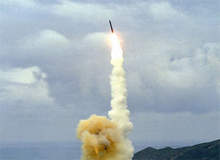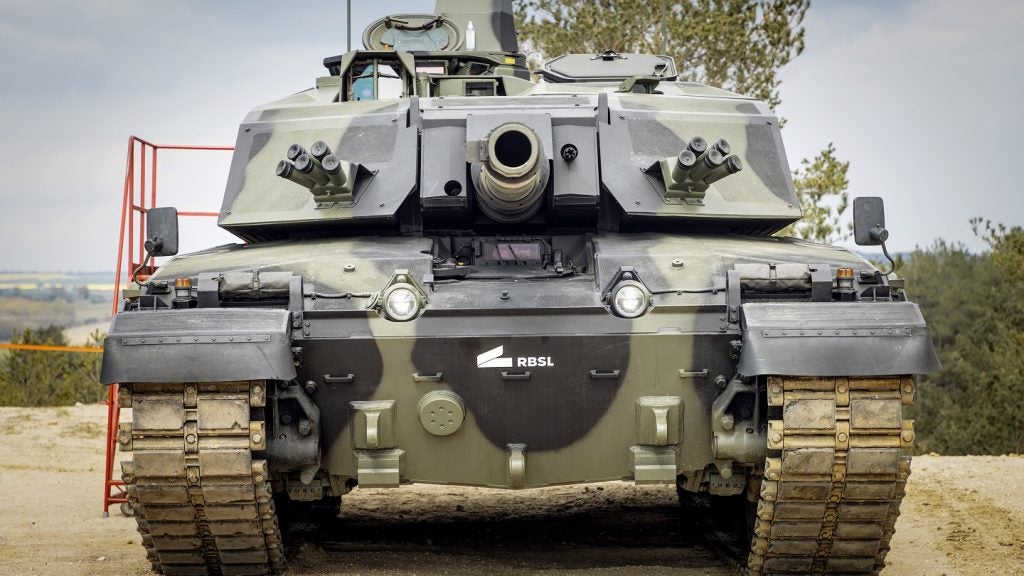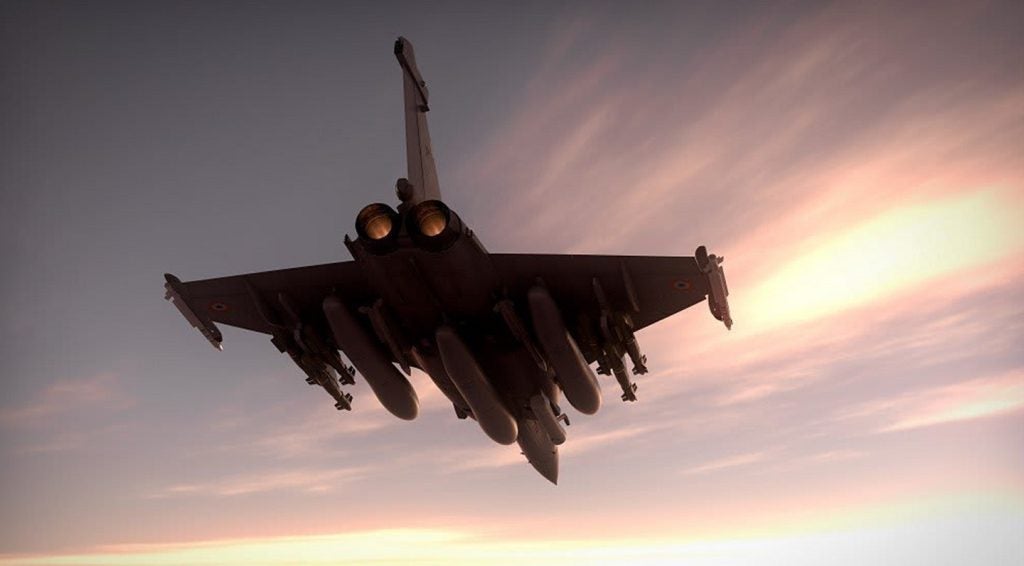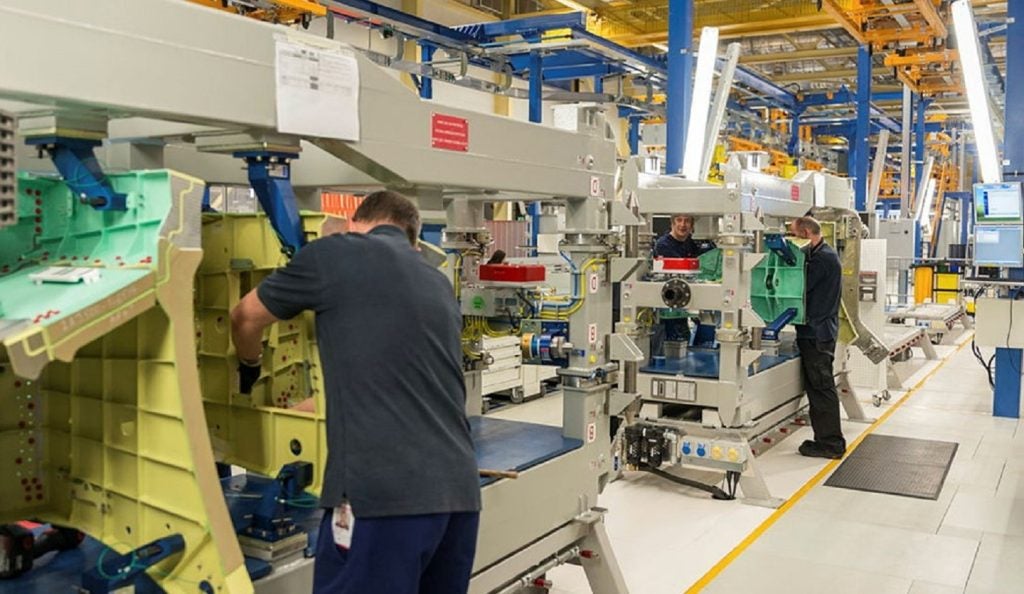
Like some of his colleagues inside the Pentagon, David Mosher, senior policy analyst with thinktank the RAND Corporation, argues that there are three basic types of missile developments now visible: ballistic missiles such as those being created by North Korea and Iran; advanced precision-guided missiles, particularly tactical missiles, being developed in countries that are more advanced militarily; and conventional missile defence interceptors, designed to counter ballistic missiles.
All three are designed with different purposes in mind. The ballistic missiles are often produced for increased security – to ‘improve the nation’s deterrent against regional adversaries and the US’, while advanced missiles enhance existing capabilities and offer a ‘more tactical application of force’, at least in the west.
An example of this is China’s development of precision-guided munitions (PGMs) is more about deterring US intervention in a potential cross-straits military conflict between the People’s Republic of China and Taiwan. Then there are nations like the US, using defence interceptors (usually PGMs), followed by Israel, the Russians, Europeans and Japanese, which all have modest missile defence development programmes underway.
The US is the largest spender on missile technologies, and as such, it is the nation that is mostly likely to shape how the missile industry looks in years to come. New policies look not only to shape the industry, but also the global warfare environment, especially in Europe, with the US making some key decisions regarding defence.
The US
In September 2009, US President Barrack Obama approved the recommendations of Secretary of Defense Robert Gates and the joint chiefs for a phased, adaptive approach for missile defence in Europe.
How well do you really know your competitors?
Access the most comprehensive Company Profiles on the market, powered by GlobalData. Save hours of research. Gain competitive edge.

Thank you!
Your download email will arrive shortly
Not ready to buy yet? Download a free sample
We are confident about the unique quality of our Company Profiles. However, we want you to make the most beneficial decision for your business, so we offer a free sample that you can download by submitting the below form
By GlobalDataBased on an assessment of the Iranian missile threat, and a commitment to deploy technology the US says is ‘proven, cost-effective, and adaptable to an evolving security environment’, the architecture, to be instigated in 2011, will feature deployments of increasingly-capable sea and land-based missile interceptors, primarily upgraded versions of the Standard missile-3 (SM-3) and a range of sensors in Europe to defend against the growing ballistic missile threat from Iran.
This phased approach develops the capability to augment current protections of US homeland against long-range ballistic missile threats, and to offer more effective defences against more near-term ballistic missile attacks. The plan provides for the defence of US deployed forces and allies in Europe sooner and more comprehensively than the previous programme, and involves more flexible and survivable systems.
Gates and the joint chiefs recommended that Obama revise the Bush plan of 2007 for missile defence in Europe as part of an ongoing comprehensive review of US missile defence mandated by the US Congress. Two major developments led to this change – the growing acceptance of the threat from Iran and the advancement of new technologies.
The intelligence community now assesses the threat from Iran’s short and medium-range ballistic missiles as developing more rapidly than previously thought, while the threat of potential Iranian intercontinental ballistic missile (ICBM) capabilities has been slower to develop than previously estimated.
In the near-term, the US thinks that the ‘greatest missile threats from Iran’ will be directed towards US allies and partners, as well as US-deployed personnel in the Middle East and Europe.
US missile defence capabilities and technologies have also advanced significantly in recent years, and this trend is expected to continue with improved interceptor capabilities, such as advanced versions of the SM-3, offering a more flexible, capable and cost-effective architecture. Improved sensor technologies also offer a variety of options to detect and track enemy missiles.
New missile architecture
This is having an affect on the way missile technologies are being deployed in defence the force over. The US is working towards an adaptable architecture that can be responsive to the current threat while also incorporating relevant technologies fast and in a cost-effective manner. Accordingly, the DoD has developed a four-phased, adaptive approach for European missile defence:
Phase one (2011) will deploy current and proven missile defence systems available in the next two years, including the sea-based Aegis weapon system, the SM-3 interceptor (block IA), and sensors such as the forward-based army navy / transportable radar surveillance system (AN/TPY-2), to address regional ballistic missile threats to Europe and US personnel.
Phase two (2015) will deploy a more capable sea and land-based version of the SM-3 interceptor (block IB), and more advanced sensors to expand the defended area against short and medium-range missile threats.
In phase three (2018), it will deploy the more advanced SM-3 block IIA variant currently under development to counter short, medium and intermediate-range missile threats.
Phase four (2020) will see it deploy the SM-3 block IIB to help better cope with medium and intermediate-range missiles and the potential future intercontinental ballistic missile threat.
Throughout all four phases, the US will test and update a range of approaches for improving sensors for missile defence.
One of the main changes with this new approach is that the new distributed interceptor and sensor architecture will not require the single, large, fixed European radar, which was to be located in the Czech Republic. It also uses different interceptor technology than the previous programme, removing the need for a single field of ten ground-based interceptors in Poland.
The US says that it will work with its allies to integrate this architecture with Nato members’ missile defence capabilities, as well as with the emerging Nato command and control network that is under development. One benefit of the phased, adaptive approach is that there is a high degree of flexibility – in addition to sea-based assets, there are many potential locations for the architecture’s land-based elements, some of which will be relocatable. The US plans to deploy elements in northern and southern Europe and will be consulting closely Nato allies on the specific deployment options.
According to Obama, the US will also welcome Russian cooperation when it comes to bringing missile defence capabilities to the table – anything to strengthen defences against the growing Iranian missile threat. There is no substitute for Iran complying with its international obligations regarding its nuclear programme, but ballistic missile defences will address the threat from Iran’s ballistic missile programmes and diminish the coercive influence that Iran hopes to gain by continuing to develop these destabilising capabilities.
Bush vs Obama on missiles
Ex-US President George Bush’s plan was focused on ICBMs, but the White House ignored the fact that Iran doesn’t have any such weapons. Obama’s plan focuses on what Iran actually has – specifically short and medium-range missiles that can reach southern Europe.
Neither did Bush’s plan cover all of Europe, causing some members of the US Congress to ask why some parts of Europe were defended, but not others. Obama’s plan distributes defences in Europe under Nato and, step-by-step in phases, covers all of the continent. Having the plan under the umbrella of Nato – with Poland and the Czech Republic still under its wing – Obama’s plan for missile defence is also more widely distributed.
At first, Obama’s plan will deploy missiles defences in the south, closest to the threat. They might be located in Turkey, if Turkey agrees to that. Then missile defences will be added farther north to distribute forces in the event that Iran develops longer-range missiles that can reach all of Europe. Currently Iran does not have any such missiles.
As Secretary Gates put in his press conference on 17 September 2009, Obama’s plan provides coverage for Europe within a timeframe that delivers six to seven years earlier than Bush’s plan would have done. Obama’s plan also makes the ‘resetting’ of relations with Russia more likely. Overall, Obama’s plan is pragmatic, and provides better coverage sooner than Bush’s plan would have offered to anyone.
The phased, adaptive approach for missile defence in Europe will sustain US homeland defence against long-range ballistic missile threats. The deployment of an advanced version of the SM-3 interceptor in phase four of the approach would augment existing ground-based interceptors located in Alaska and California, which provide for homeland defence against potential ICBM threats.
It will also speed the protection of US personnel against the near-term missile threat from Iran. The US would deploy current and proven technology by roughly 2011 – about six or seven years earlier than in the Bush plan – to help defend the regions in Europe most vulnerable to the Iranian ballistic missile threat.
The approach ensures and enhances the protection of the territory and populations of all Nato allies, in concert with their missile defence capabilities, against the current and growing ballistic missile threat. Starting in 2011, the phased, adaptive approach would systematically increase the defended area as the threat is expected to grow. In the 2018 timeframe, all of Europe could be protected by a collective missile defence architecture.
Proven capabilities and technologies will be deployed to meet current threats. SM-3 (block 1A) interceptors are deployed on Aegis ships today, and more advanced versions are in various stages of development. Over the past four years, the US conducted a number of tests of the SM-3 IA, and it was the interceptor used in the successful engagement of a decaying satellite in February 2008. Testing in 2008 showed that these sensors bring what the DoD thinks are ‘significant capabilities’ to the architecture, and additional, planned research and development over the next few years offers the potential for more diverse and more capable sensors.
The phasing provides the flexibility to upgrade and adjust the architecture, and to do so in a cost-effective manner as the threat evolves. Because of the lower per-interceptor costs and mobility of key elements of the architecture, the US government thinks it will be better postured to adapt this set of defences to any changes in threat.






